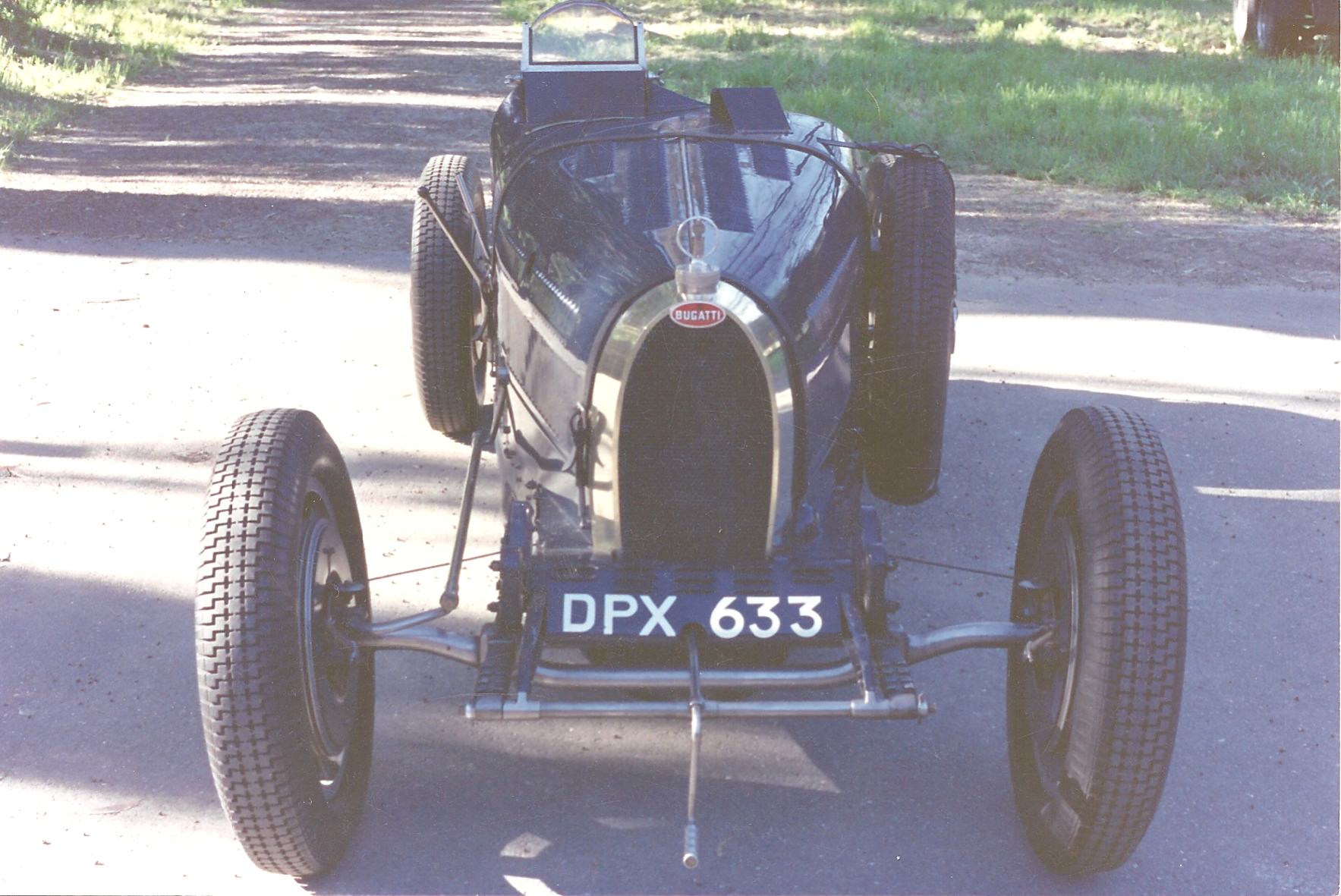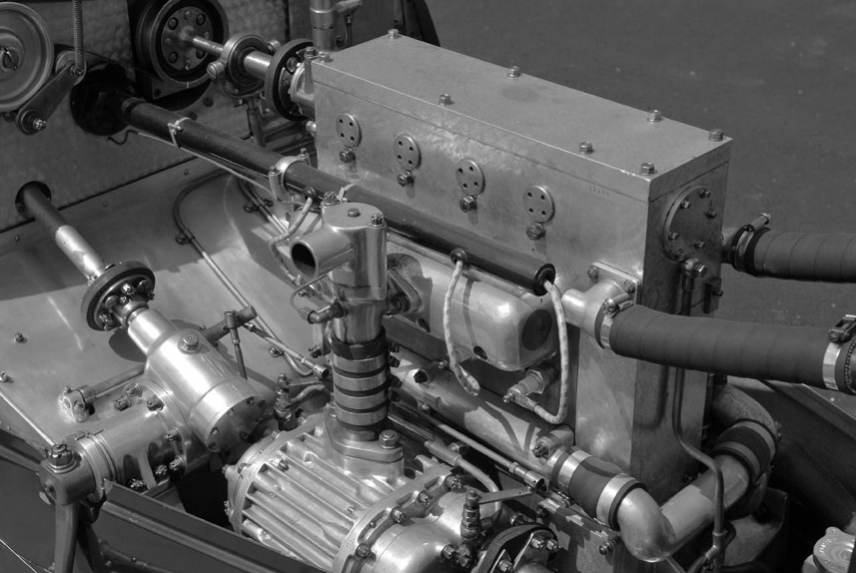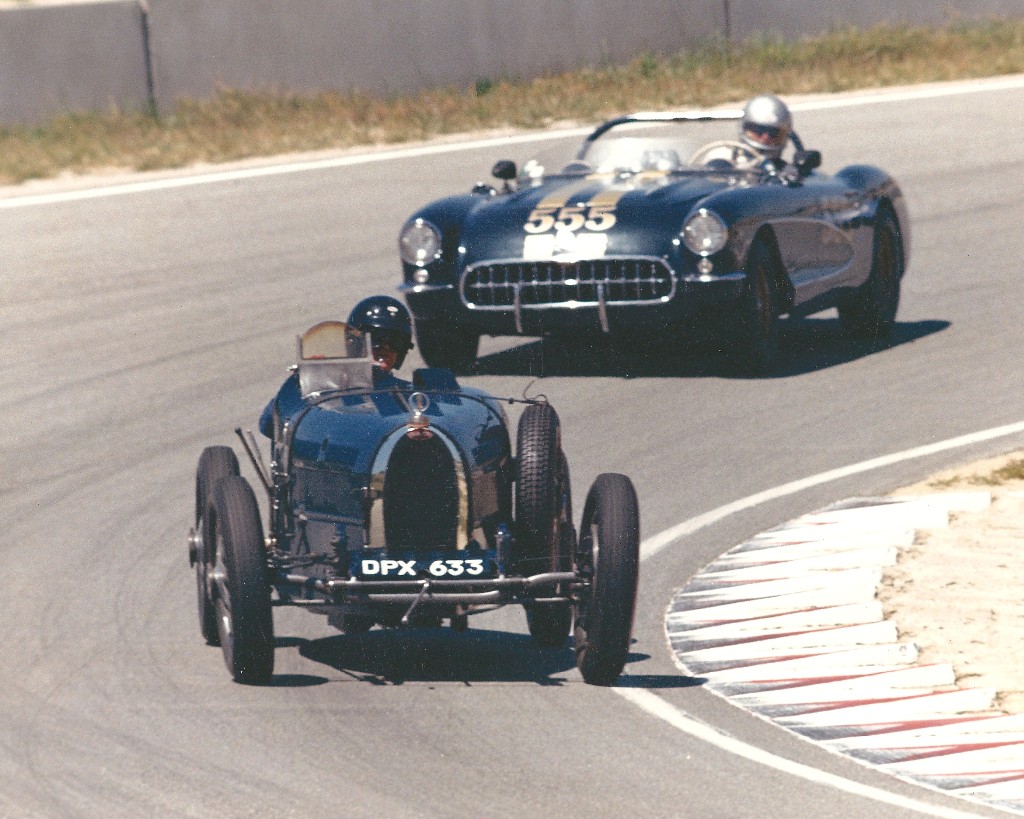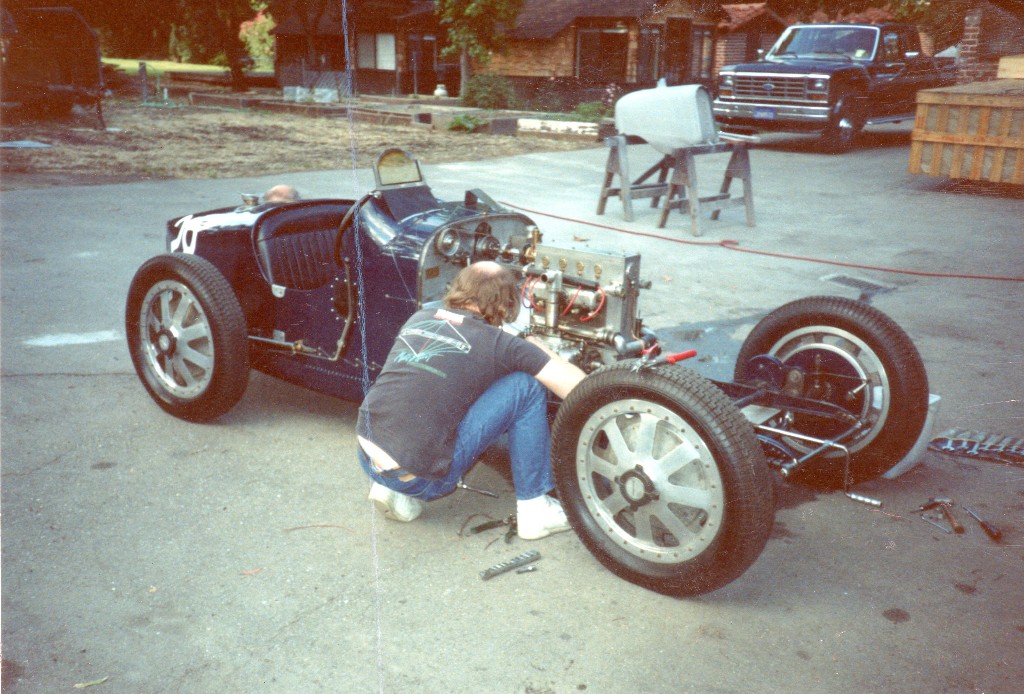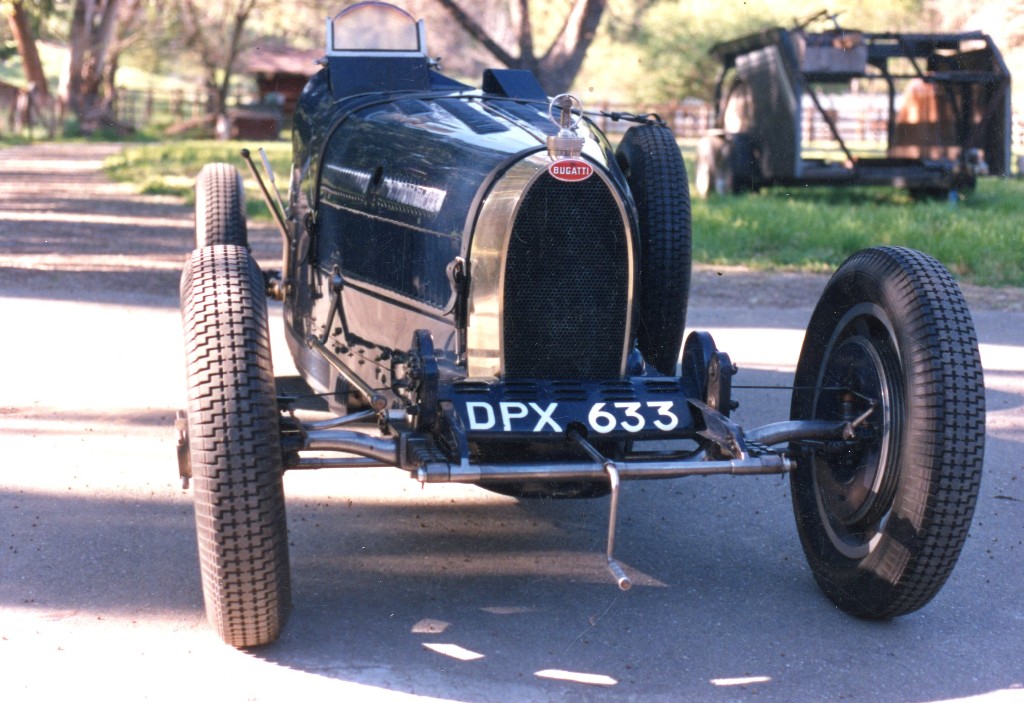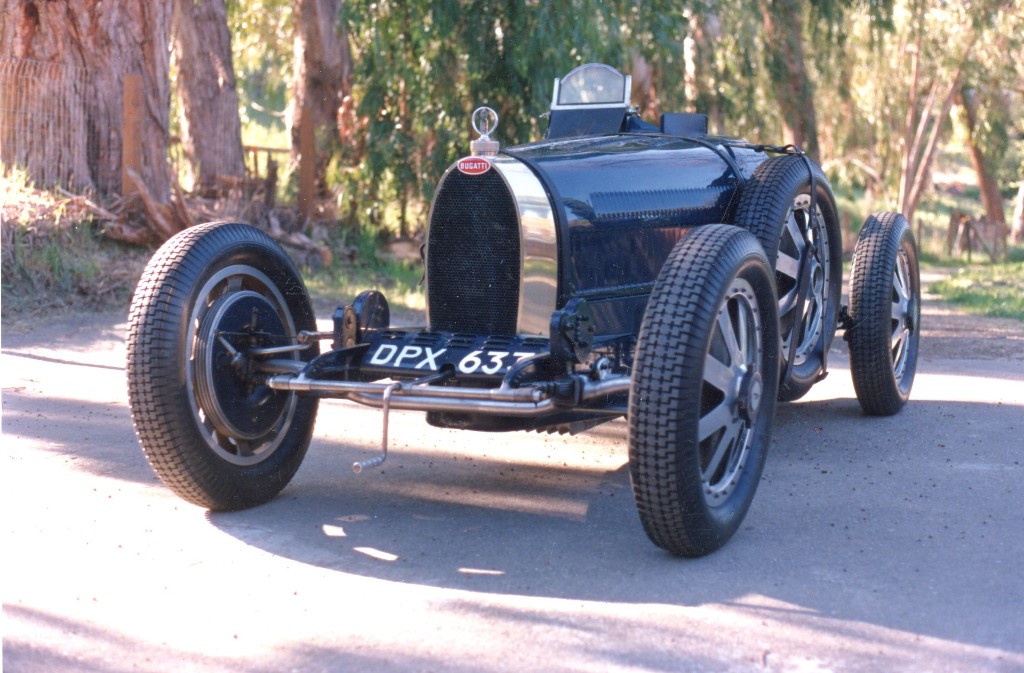Peter Giddings Racing
1926 Bugatti Type 37A - BC181
Ettore Bugatti wanted to trade upon the success of his Type 35 Grand Prix race car, but felt that the engine of the Type 35 was too high strung and not suitable for road use. He wanted to produce a road car that would give his wealthy clients the looks and feel of a Grand Prix racer but could be driven by amateur automotive enthuisiasts. In 1925, the Grand Prix formula was reduced from 2 liters to 1.5 liters. So, Bugatti took a slightly modified version of the 1496 cc engine from the Bugatti Type 40 and mated it with a chassis derived from the Type 35. The Type 37 body was similar to that of the Type 35s, but was given a more slender radiator and slightly narrower body.. The initial Type 37 was naturally aspirated and produced 60 bhp at 4500 rpm. This was good for top speeds in the 80 mph range and the superb handling and braking made the car one of the best of its day. The Bugatti Type 37A added a Roots-type supercharger, magneto ignition, and offered the aluminum-spoked Bugatti wheels with integral brake drums as an option instead of the standard wire-spoke wheels. With its free revving single overhead cam valve train, the Type 37A produced over 90 bhp and could rev over 5000 rpm. Thus, the Bugatti Type 37A was very successful in voitturette racing and, due to the light weight, in the hands of the right drivers, it could keep up pretty well with the 2 liter Type 35s. Fitted with cycle fenders, the Bugatti Type 37A ran in all the great road races, the Mille Miglia, the Targa Florio, and Le Mans. Of the approximately 290 Type 37 Bugattis produced, 67 were the supercharged version. The four-cylinder inline engine had a bore of 69 mm and stroke of 100 mm, giving a displacement of 1496 cc. The single overhead camshaft operated three valves per cylinder, two inlet valves and one exhaust valve. The camshaft was driven by bevel gears at the front of the engine. The crankshaft ran in five plain bearings and the connecting rods were also plain bearings, as opposed to some of the Bugatti Grand Prix engines that used roller bearings.The Roots-type supercharger was fed by a single carburetor, either a Zenith or Solex. A wet multi-plate clutch drove the four-speed manual transmission. The live axle rear was suspended by quarter-elliptic leaf springs and normally had a ratio of 3.86 (14/54 teeth). The solid front axle was suspended by semi-elliptic leaf springs. Cable operated drum brakes were used all around. The wheelbase was 94.5 inches, with a track of 47.25 inches. Weight was about 700 kg, a bit over 1500 pounds. Top speed of the Type 37A was over 150 kph, near 100 mph. The Bugatti Type 37A shows its sleek lines, with the small horseshoe radiator and pointed tail body. The clean and classic look of the Bugatti Type 37A engine.
Peter drives his very fast methanol-burning Bugatti Type 37A -- he finished ahead of the Corvette!
Tim Caldecott working on Peter's very quick Bugatti T37A
Front view of the Bugatti Type 37A
A front 3/4 view of the beautiful Bugatti Type 37A.
Tim Caldecott and Mike Sims remove the T37A engine for rebuild. July 1990 |
